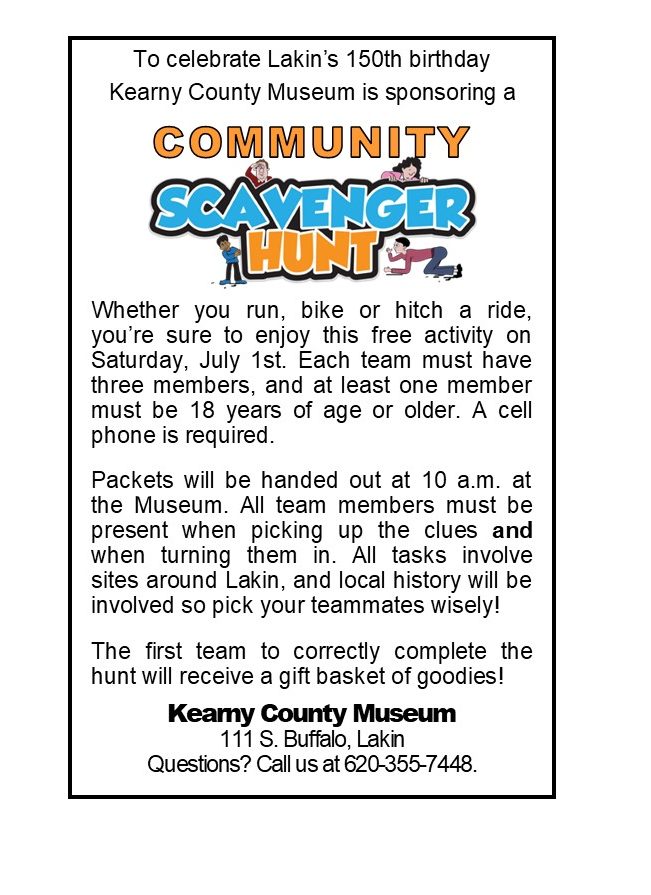
Category: News & Events
Loucks left lasting impression on the community they loved
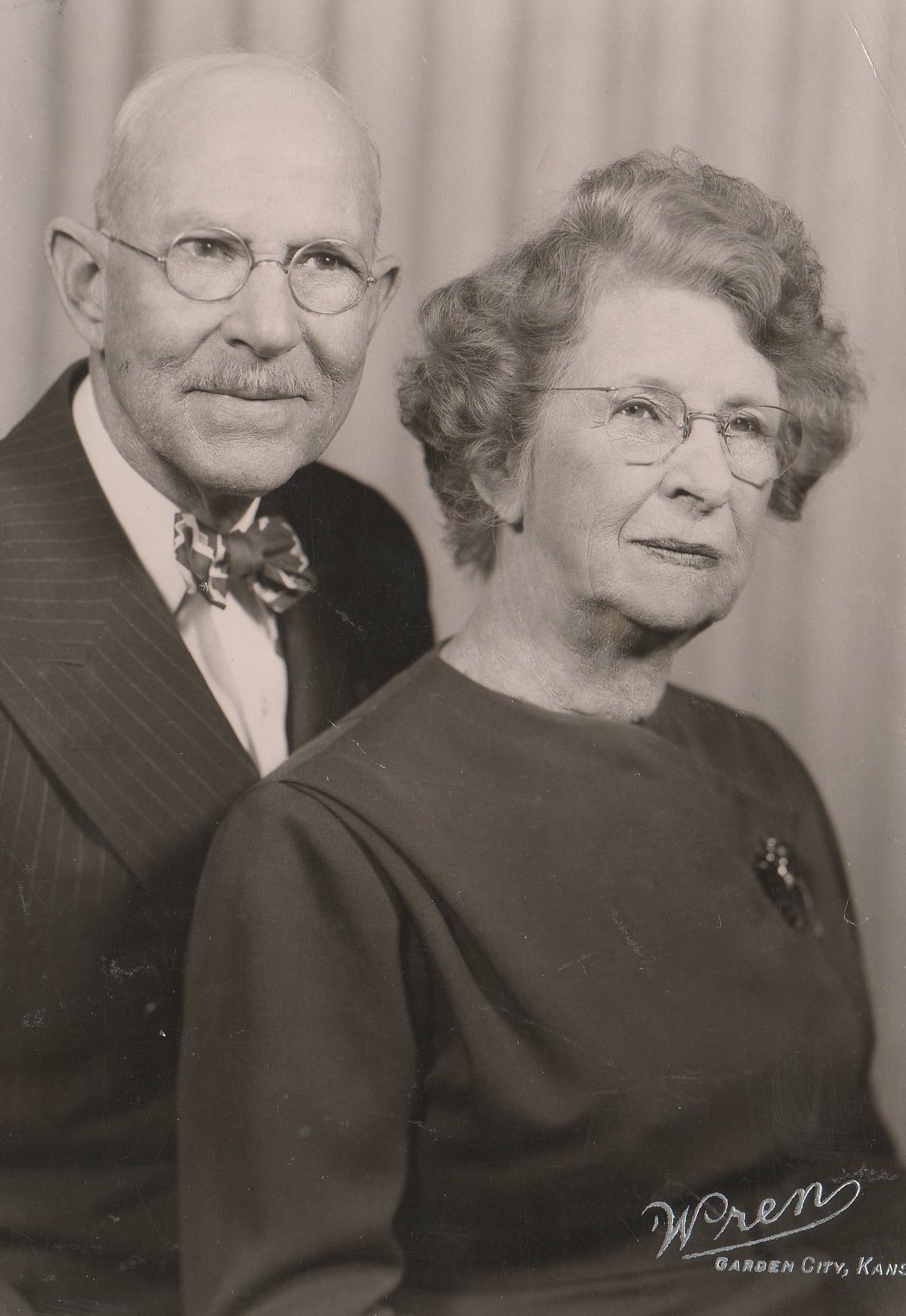
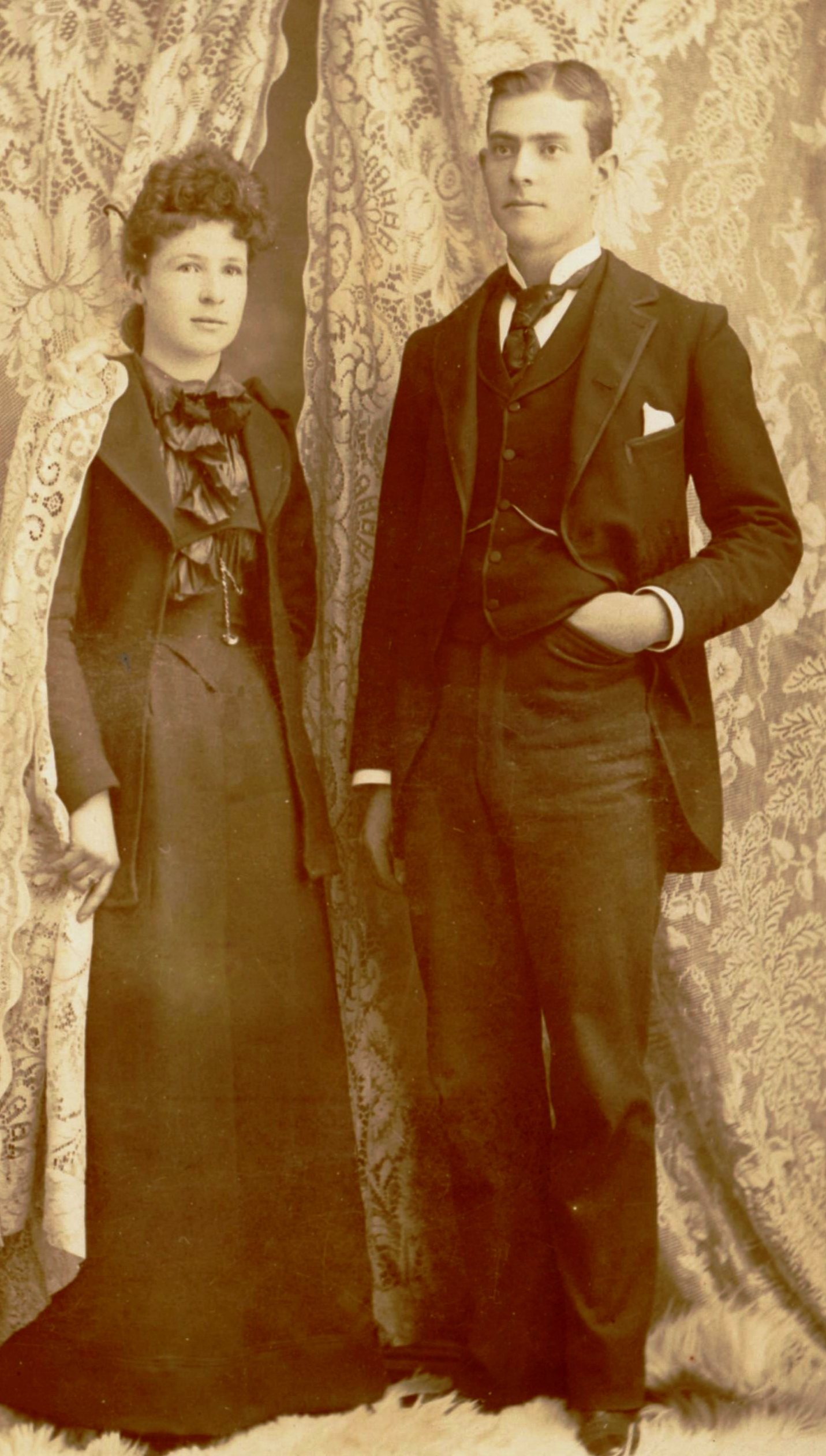
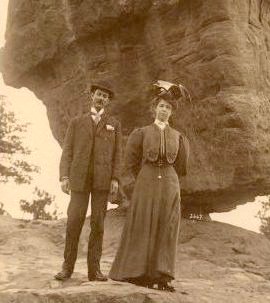
Lakin’s City Park is a source of pride and has taken the efforts of many
 In just a few days, the shrills and splashes of delighted children will be heard at Lakin’s outdoor swimming pool in the City Park. The opening of the swimming pool is an annual tradition that children and adults alike have been enjoying for nearly 75 years. Lakin’s City Park is the result of cooperative efforts over the years between the City of Lakin, Kearny County commissioners, Lakin Recreation Commission, countless donors and volunteers, and organizations like Lakin PRIDE, Lakin “50” Club, Civic and Study Club, Moonlight Chicks, Lakin Young Woman’s Club, La Flora Garden Club, PICS (Partners in Community Service) and the VFW Auxiliary.
In just a few days, the shrills and splashes of delighted children will be heard at Lakin’s outdoor swimming pool in the City Park. The opening of the swimming pool is an annual tradition that children and adults alike have been enjoying for nearly 75 years. Lakin’s City Park is the result of cooperative efforts over the years between the City of Lakin, Kearny County commissioners, Lakin Recreation Commission, countless donors and volunteers, and organizations like Lakin PRIDE, Lakin “50” Club, Civic and Study Club, Moonlight Chicks, Lakin Young Woman’s Club, La Flora Garden Club, PICS (Partners in Community Service) and the VFW Auxiliary.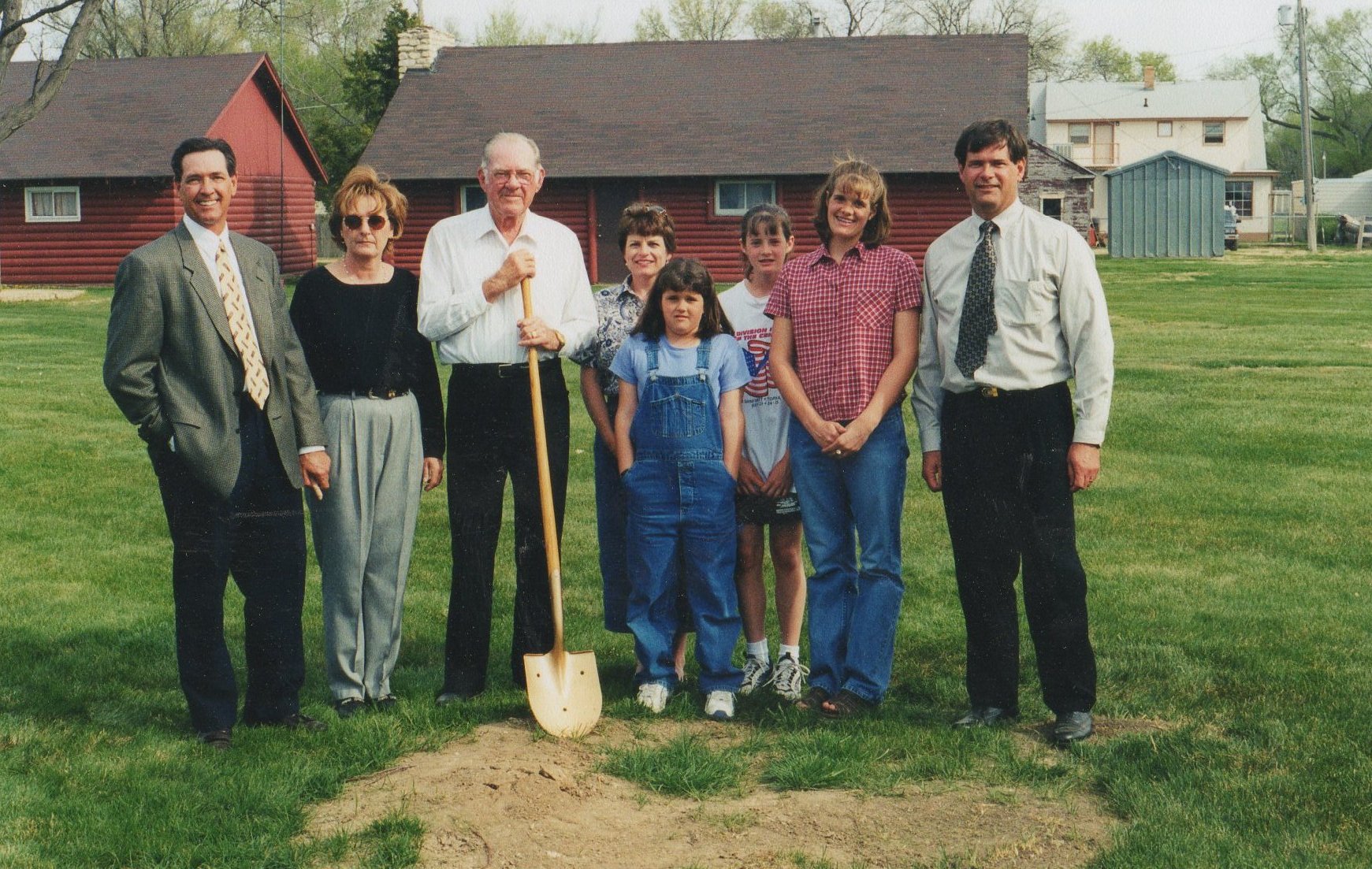
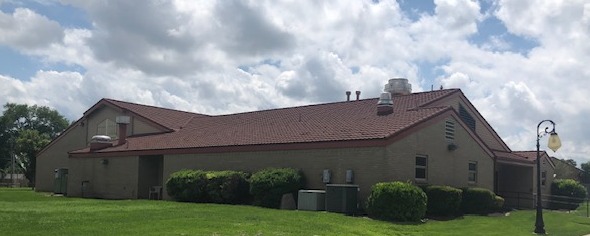
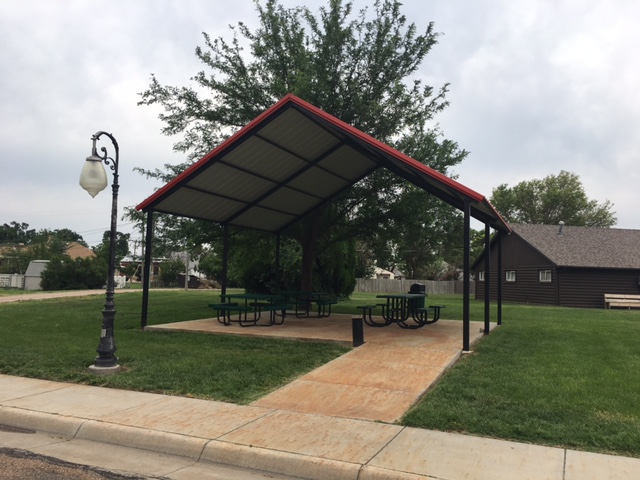
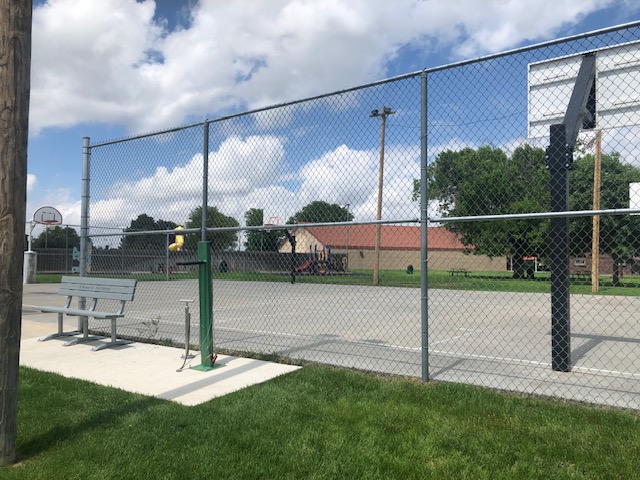
Lakin’s post of the Grand Army of the Republic organized in 1885
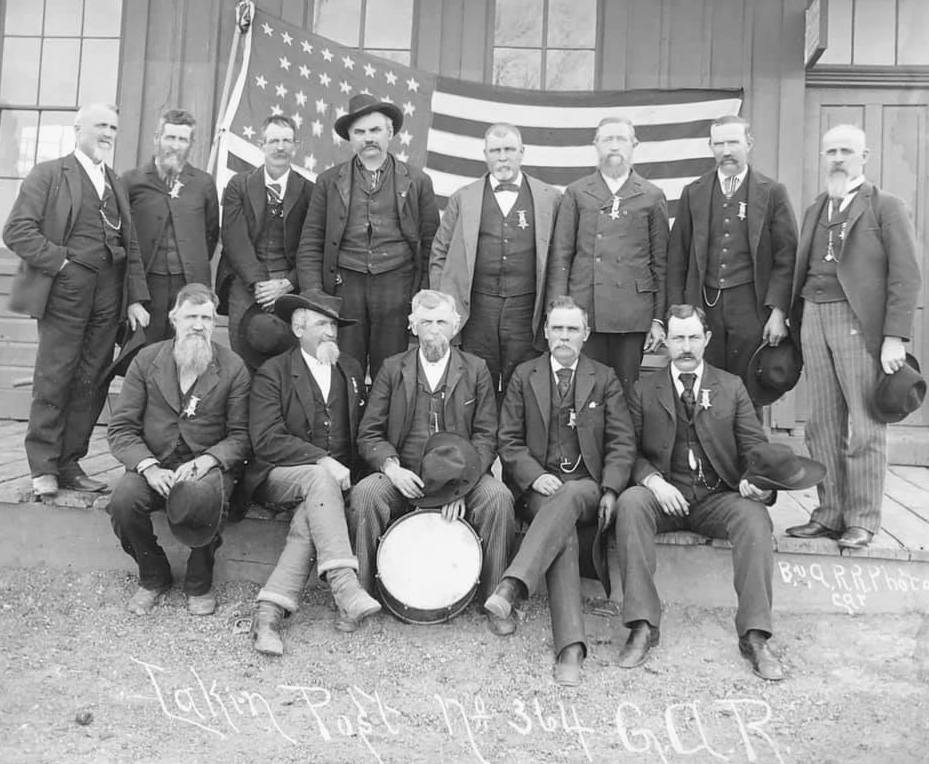
Among the many accomplishments credited to the Grand Army of the Republic (G.A.R.) is the designation of Memorial Day as a yearly tradition. By the late 1860s, various communities had already been holding springtime tributes to fallen soldiers of the Civil War by decorating their graves with flowers and reciting prayers. On May 5, 1868, General John A. Logan, national commander-in-chief of the G.A.R., issued the order that established Decoration Day as May 30, and Logan called upon G.A.R. members to make the May 30 observance an annual occurrence. The first large ceremony was held that year at Arlington National Cemetery where General James Garfield gave a speech, and 5,000 participants decorated the graves of the 20,000 Civil War soldiers buried there with small American flags. By the end of the 19th century, Memorial Day ceremonies were being held on May 30 throughout the nation. After World War I, the day was expanded to honor soldiers who died in all American Wars, but it was not until 1971 that Congress declared Memorial Day a national holiday. At that time, the last Monday of May was designated as the official day of observance.
The Grand Army of the Republic was founded in 1866 as a fraternal organization composed of Civil War veterans who served in the Union Army, Union Navy and the Marines. The organization began as an outlet for fellowship between those with shared experiences but grew to be the most powerful single-issue political lobby of the late 19th century promoting voting rights for black veterans, advocating for federal pensions for veterans, supporting Republican candidates, and helping to elect five U.S. presidents from its own membership. G.A.R. was the largest of all the Union Army veterans’ organizations with a membership of 410,000 at its peak in 1890. At one time, the G.A.R. in Kansas had over 19,000 members in 478 posts.
The Lakin Post #364 of the G.A.R. was organized September 8, 1885. According to the Sept. 12, 1885 Advocate, over 5,000 people attended the affair. About 25 members of the Garden City G.A.R. Post arrived by train in the afternoon accompanied by their wives, daughters, and sweethearts. Also onboard were a large number of Garden City residents and the Garden City Brass Band which had the honor of being the first band to ever play on the streets of Lakin. While the ladies and citizens were escorted to the Commercial House, the band and G.A.R. boys formed in line and marched to the town hall where Judge H.M. Wheeler of Garden City took charge and proceeded to muster in the Lakin post. Thirteen charter members were included on the muster roll. Following the election of officers, the men formed again and marched over to the hotel where they joined those waiting there for a sumptuous supper served up by the hotel’s genial hostess, Amy Loucks. Everyone returned afterwards to the town hall which was packed by locals and people from surrounding towns. The new officers were installed, and the audience sang, “Marching Through Georgia.” A grand ball followed with the crowd dancing until the wee hours of the morning.
Lakin’s G.A.R. was a provider of entertainment, source of local charity, and organizer of patriotic events including the annual Decoration Day procession and services. The last member of Lakin’s post was Captain William Barringer Logan, no apparent relation to G.A.R. Commander-in-Chief John A. Logan. When William died on September 16th, 1926 at 90 years of age, flags in Lakin were placed at half-mast in recognition of the service he had given to his country.
The national G.A.R. was dissolved in 1956 following the death of its last member, Albert Woolson of Minnesota who is also widely considered the last surviving veteran of the Civil War. The Sons of Union Veterans of the Civil War is the legal successor to the Grand Army of the Republic.
SOURCES: U.S. Department of Veterans Affairs; Kansas State Historical Society; Diggin’ Up Bones by Betty Barnes; History of Kearny County Vol. 1; Sept. 12, 1885 and May 4, 1893 Advocate; Sept. 24, 1926 Lakin Independent; Wikipedia; History.com; Ancestry.com, and museum archives.
VALUE OF CURRENT AND PAST NEWSPAPERS CANNOT BE UNDERSTATED
The survival of hometown newspapers is uncertain in this digital age. According to the University of North Carolina’s Hussman School of Journalism and Media, the United States lost one-fourth of its newspapers between 2004 and 2019. This included 70 dailies and more than 2,000 weeklies or nondaily papers. Eighteen of those papers were in Kansas.
Too many people won’t realize the value of their local paper until the paper no longer exists. For some, the loss won’t be felt until years later when they are trying to research family, community and other historical events. Newspaper editors and reporters have been the prime, sometimes sole, source of credible and comprehensive news and information in their communities. This is especially true for residents in small towns like Lakin. For researching Kearny County, there is no better place than the archives of our local papers.
The Lakin Eagle was the first paper to be printed in Lakin with the inaugural issue released in May of 1879 and the last issue on October 10 of that year. The four-column, four-page tabloid had three different editors during its short life.
The Lakin Herald was a full-sized publication that ran monthly from June to December of 1881 when it began publishing weekly. This was a remarkable feat at that time because the linotype had not yet been invented, and printing was a tedious task with each letter of each word having to be set by hand. Editor Joseph Dillon was an excellent story teller but admittedly could not set type, a task left to his daughter Maria. A yearly subscription to the Herald sold for $1.50. The last issue archived in Kansas State Historical Society files is dated June 27, 1884.
From 1885-1890, A.B. Boylan published Lakin Pioneer Democrat. The full-size weekly paper had four pages. Pages 1 and 4 were ready print, meaning they came to Boylan already printed eliminating a good deal of the typesetting. Those pages contained news and advertisements from across the state and nation. Local news and advertisements were printed on the inside pages. This was a common practice at that time.
The lone issue of The Lakin Union was published by H.S. Gregory on March 28, 1895. The following week, Gregory announced that he had purchased the subscription list and franchise of the Kearny County Advocate. “Owing to a legal complication we continue the name of the ADVOCATE and drop that of the LAKIN UNION.”
F.R. French published The Lakin Index, a full-size weekly paper, from 1890 to 1898. He then went on to publish The Lakin Investigator for a year. The Investigator had several editors and publishers during it existence, one of which was Harry Tate. The last issue of the paper ran on Jan. 6, 1911. The paper was then merged with The Kearny County Advocate, the second-longest running paper in Kearny County.
The first issue of The Kearney County Advocate was printed on May 23, 1885. Beginning with the May 29, 1890 issue, the spelling was changed to Kearny County Advocate. After merging with The Investigator in 1911, the paper ran eight issues under the name of The Kearny County Advocate and The Lakin Investigator. The name was then changed back to Kearny County Advocate until January 1918 when it changed to simply The Advocate. The weekly paper went through three editors in its first year: Charles S. Hughes, Tune Bentley and F.R. French. That changeover was just a glimpse as to the many times the paper would change hands during its existence. The brothers Menn (R. Thorpe and Don) served as the paper’s last editor and publisher, respectively. After selling the paper, the hometown boys continued in the print media field with Thorpe working in several capacities at the Kansas City Star and Don joining the production department of the McCall Corporation which printed McCall’s Magazine, Reader’s Digest, Newsweek and more.
The Lakin Independent was launched July 10, 1914 by M.B. Royer and was purchased by local girl Grace Hamblen in 1919. Edward Stullken bought the paper in 1922, and in 1937, he bought out The Advocate and merged it with the Independent. When Stullken retired from active newspaper service in 1946, his son Leslie took charge for a year before leasing the paper to Monte and Gloria Canfield in 1947. The Canfields purchased the Independent in 1953. Monte was one of the best in the business with an innate writing ability, wit, and a true sense of community. He passed in 2003, and long-time Independent employee Kathy McVey and her husband, Joe, bought the paper in 2006.
Deerfield, Hartland and the North Flats also had their share of newspapers. The last of those papers to survive was Deerfield’s Arkansas Valley Builder which ceased operation nearly a century ago.
The value of our current and past newspapers cannot be overstated. Almost every day museum staff use the archives to fulfill a research request, to write an article, add information to museum files, or to confirm or correct previously published information. Clippings are taken from the current Independents as well and filed for future reference. Where would be without our local paper? Hopefully this community will never have to find out.



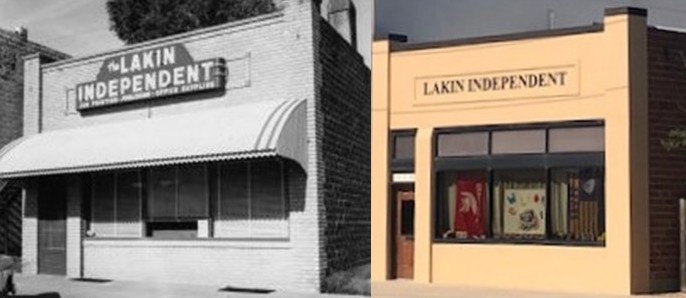
SOURCES: Much of the information in this article was researched for Volume I of the History of Kearny County by the late Hazel Stullken, daughter-in-law of Ed Stullken and an Independent employee for over 40 years; museum and newspaper archives; High Plains Public Radio; and USnewsdeserts.com.
Dr. George F. Johnston, pioneer MD
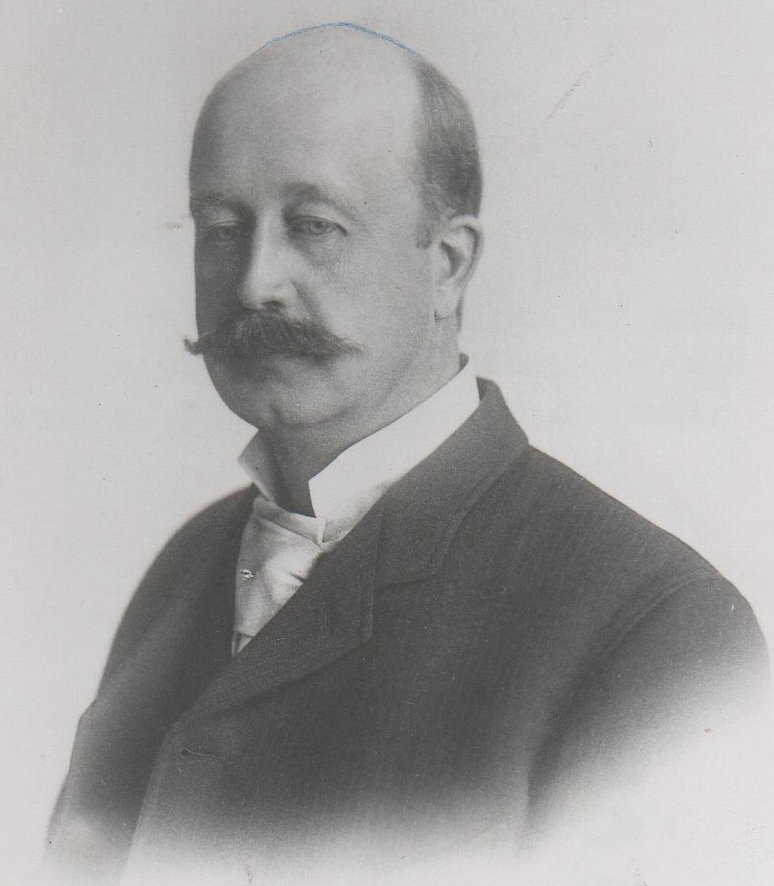
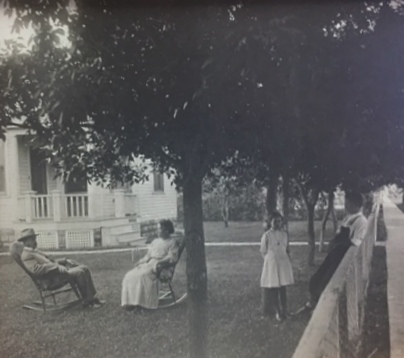
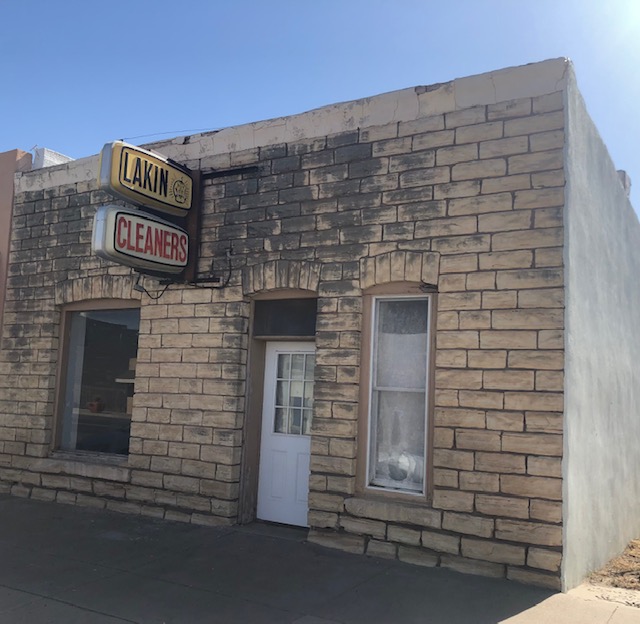
Annual Meeting Reservations Due Now!
The Kearny County Historical Society was organized Nov. 26, 1957 by a number of persons who were interested in preserving the history of Kearny County. Spearheaded by their president, Mrs. Virginia Pierce Hicks, this small group had a vision that has led to the release of two volumes of History of Kearny County, the preservation of the Deerfield Texaco Station, and to the museum complex which is home to the oldest house in Lakin, Columbia one-room school house, the Lakin depot, 12-sided barn, machinery building, and main museum building with annex.
Hundreds of visitors and school children come through the museum door each year, eager to learn about history and see artifacts that offer a glimpse into the lives of those who came before us. Our buildings are overflowing with many fine artifacts, most of which way have been generously donated. We have files upon files filled with historical information, archives of the local papers, and offer research services for those interested in learning more about their families or historical events. Few rural museums have as much to offer as does ours. We are forever indebted to our benefactors, the 16 charter members of the KCHS, and the many dedicated volunteers, board members and employees who came before us and shared their time and talents to make the museum what it is today.
You too can be a part of the Kearny County Historical Society. We encourage you to join us on Saturday evening, May 6, for our annual meeting at the Deerfield Community Center. In addition to learning more about our organization and projects, you will be treated to a delicious brisket meal and program on the Arkansas River given by Hannes Zacharias.
You will need to reserve your spot by calling the Museum at 620-355-7448 by 3 p.m. Friday, April 28. There is no charge for this special event, and we would love to have you as our guest!
If you cannot attend the annual meeting but are interested in becoming a member of the historical society, a mere $20 will pay for a lifetime membership. If you like the articles that have been appearing in the newspaper, you are sure to enjoy our newsletter which is mailed quarterly to our members. With your membership, you will also have the satisfaction of knowing that you are helping preserve our precious past and educating future generations.
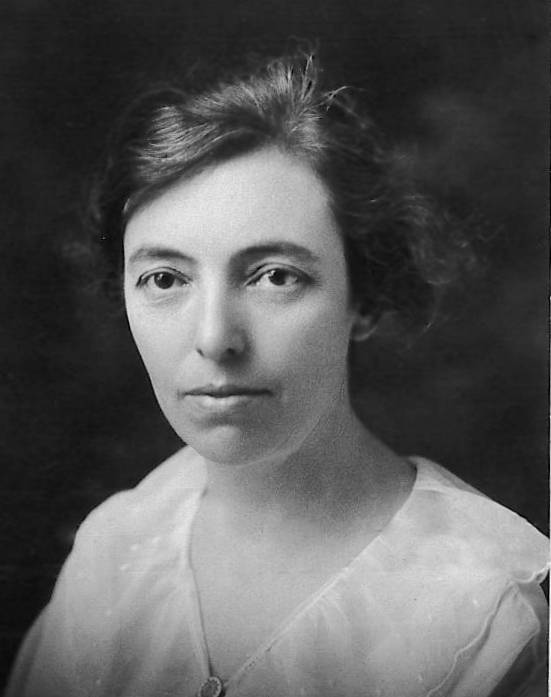
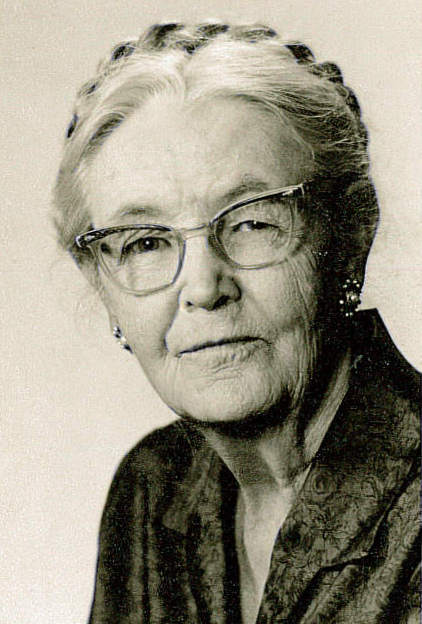

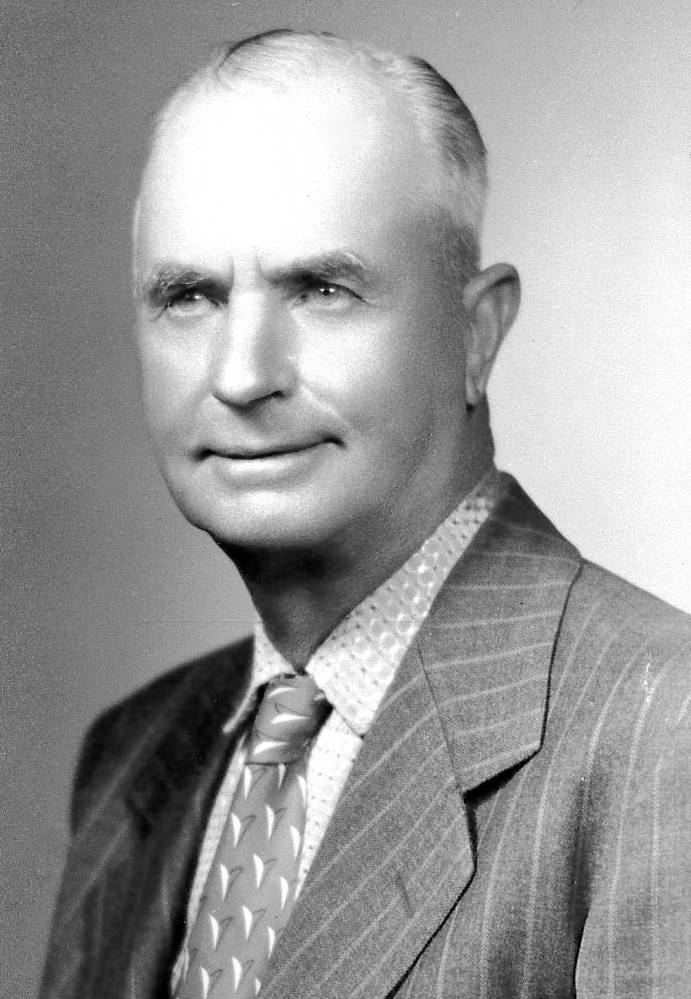
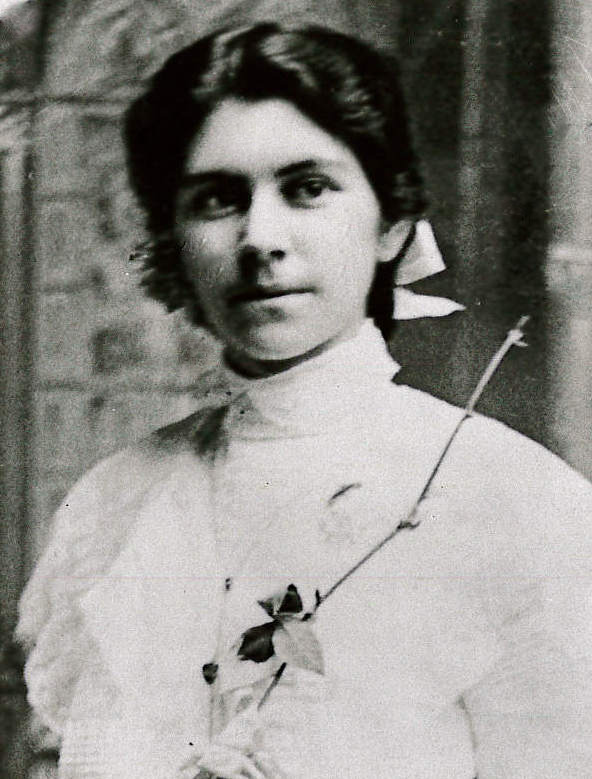
Commitment to community is a Tate legacy
Multiple generations of the Tate family have called Lakin home since 1885. They have excelled in the fields of law, business, ranching, agriculture, medicine and more, but a common denominator has been their commitment to making this community better. That is a legacy that began in the spring of 1885 when George H. Tate Sr. arrived here from Chesterfield, Illinois. Accompanied by his 14-year-old son, George Jr. (Harry), the elder Tate had been advised by his doctor to move to a drier climate, and Lakin fit the bill. In July of 1885, he commenced to build a frame store building to house a general hardware and mercantile business on the west side of South Main Street. By the end of August, Tate had a partner, Noell E. Farrar, and the firm of Tate & Farrar opened with a line of groceries, flour, feed, clothing, and more. George purchased Farrar’s interest less than a month later and continued a successful business with son Harry by his side. The following spring, Mr. Tate returned to Illinois to move his wife, Susannah, and their eight other children to Lakin.
Tate’s firm enjoyed a large business serving local customers and those from surrounding counties. When Lakin lost the county seat in 1889 and drought and nation-wide depression set in, three general stores closed their doors, but two remained – John O’Loughlin’s and Geo. H. Tate’s. Sons Harry, John and Sidney assisted their father in the family business while daughter Elizabeth had charge of the dry goods department. The family also conducted a freighting business to Ulysses and maintained a store in Deerfield for a number of years. Harry, John and Sid took turns hauling supplies there several times a week until this business was sold in 1902 to Sam Corbett and Fred Sowers.
Due to his ever-increasing business, George added on to his Lakin store more than once. Then, in November of 1906, the building was pulled out into the street to continue doing business while a substantial brick replacement was under construction. The grand opening in the new building, Lakin’s largest at the time, was celebrated in the spring of 1907 with Tate’s offering dry goods, groceries, clothing, hats, caps, boots, shoes, hardware, Queensware, flour, feed, harnesses and even the buggy to get the shopping haul home.
George Tate’s business was significant to the citizens and economy of Lakin, but he and Susannah contributed to the community in other ways as well. George was on the city council and served stints as mayor and treasurer. A veteran of the Civil War, he was a charter member and very active in the local chapter of the Grand Army of the Republic (G.A.R.) He served on various committees in the early years working towards improvements in this southwest Kansas town. Mrs. Tate was one of Lakin’s Christian workers, opening her home to prayer meetings and serving on the Ladies Aid Society. The Women’s Christian Temperance Union flourished due mainly to her many years of service as the organization’s president.
After George’s death in 1917, the management of the store fell to George Jr.
When he died in 1944, his sons Cecil and Roland continued to operate the store. In March of 1946, the brothers announced that they had sold the store to Mr. and Mrs. Howard Brehm owing to the pressure of other business. Currently used for storage, the building has housed a number of grocery stores through the years including Brehms, Quality Food Market, Fisher’s IGA, Don’s Jack & Jill, Connie’s Food Center, and Carter’s Jack & Jill.
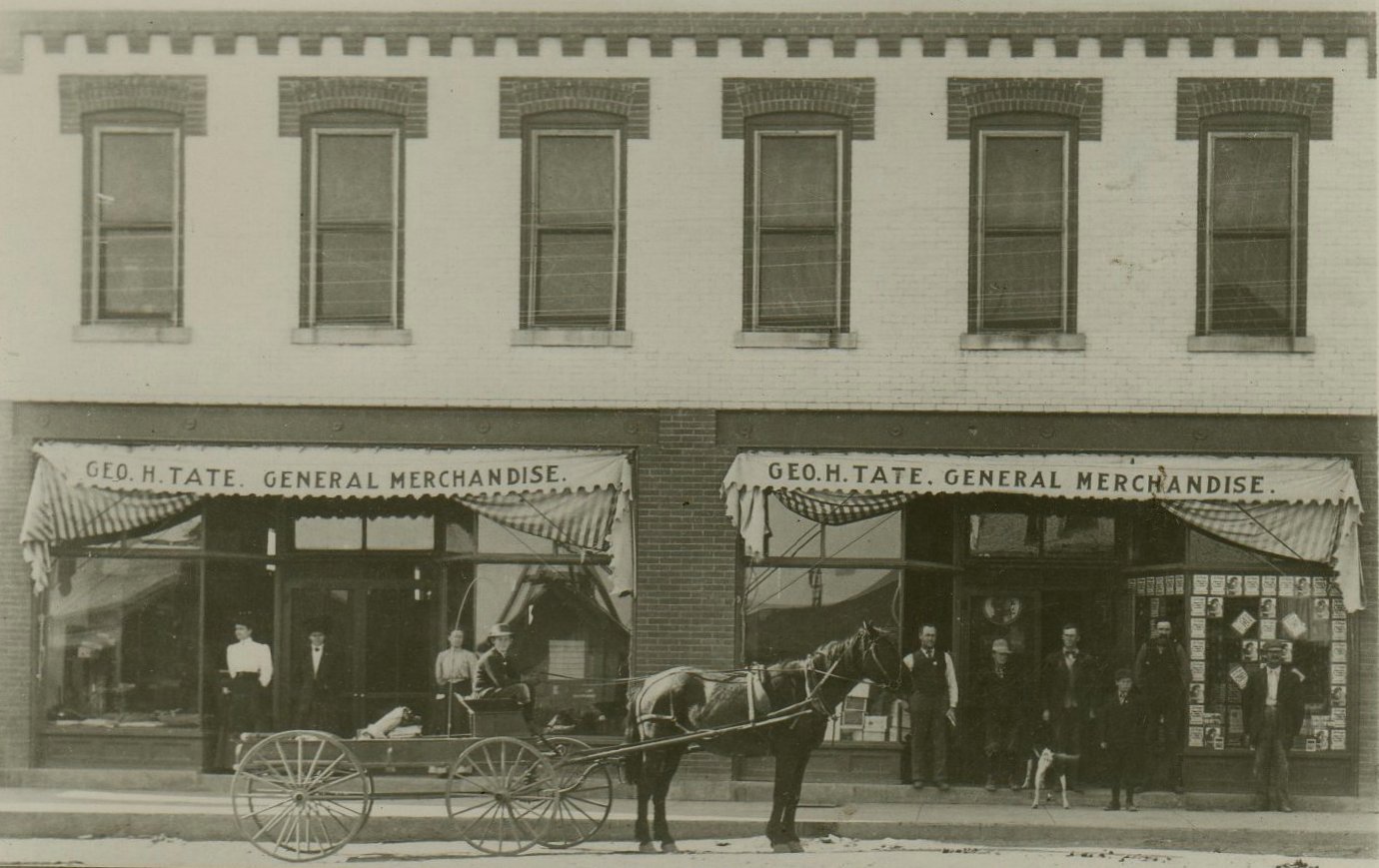
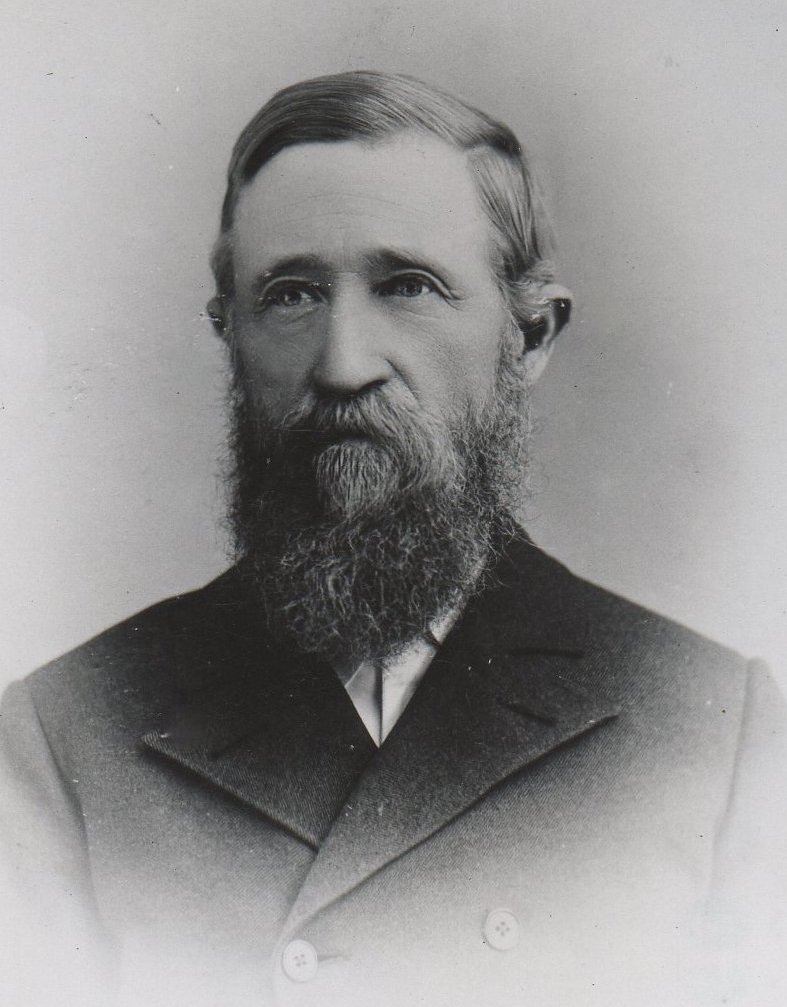
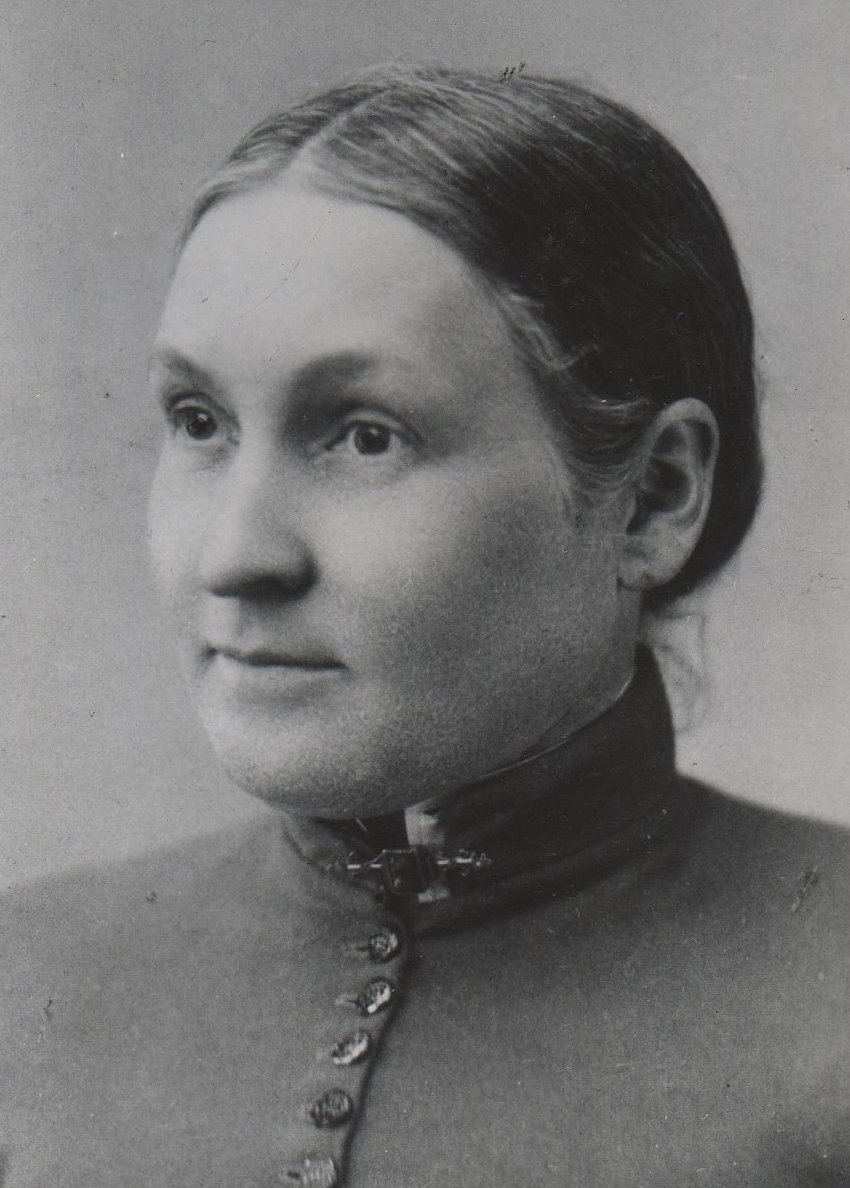
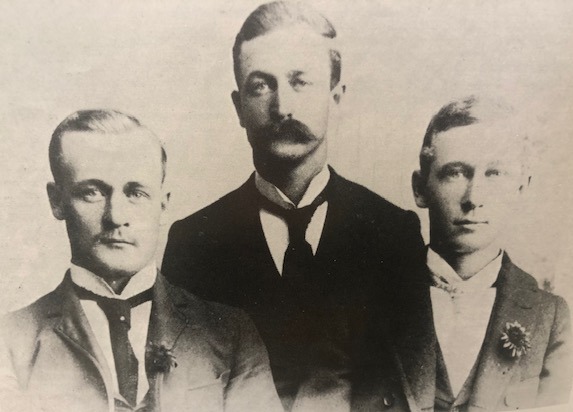

SOURCES: “Pioneering Tate Family Celebrates 100 Years in Kearny County” written by Florence Tate Fletcher for the Lakin Independent July 18, 1985; archives of The Advocate; Lakin Investigator and Lakin Independent; Diggin’ Up Bones by Betty Barnes; History of Kearny Co. Vol. I & II; and museum archives.
Banking in Lakin 117 years ago
When Lakin secured the county seat in 1894, some of the homes and business houses in Hartland were relocated here. As the climatic and economic conditions steadily improved, Lakin’s population again began to grow. By October of 1906, the town was in the middle of another building boom. Among the buildings erected at this time were the Kearny County Bank and the Lakin State Bank.
The Kearny County Bank had been organized February 1, 1888, and was located in the Spivey and Holmes Building on the southeast corner of Main and Waterman. This set-up worked well for the bank until the building also began housing county officers and the court house in 1899. Eventually the county needed more space, and the news broke in March of 1906 that bank officials had decided to erect a new building across the street on the west side of Main.
By the end of January 1907, the fixtures of the Kearny County Bank were all in place, and the safe had been installed in the handsome building which featured red pressed brick with white accents. The only obstacle preventing the bank from moving into the new quarters was the arrival of the office furniture. The official move took place in February. Besides being headquarters for the bank, the building had several offices on the first and second floors. A suite of rooms was occupied by the real estate and insurance business of E.R. Thorpe and Charles Loucks, and dentist J.H. Rardon’s office was on the second floor.
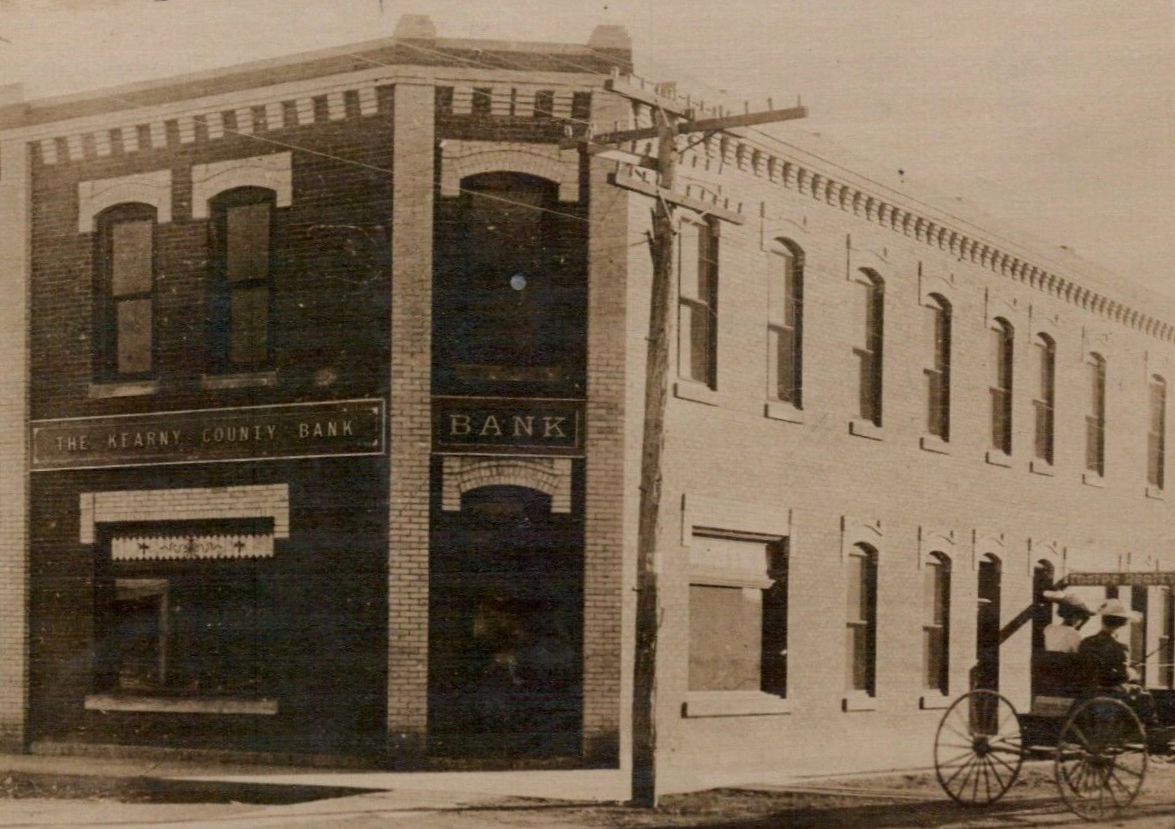
Catty-corner from this location was the site chosen for the Lakin State Bank which was chartered in March of 1906. Although the Kearny County Bank had about a four-month head start on construction, Lakin State Bank was the first to move into their new facility. The move took place Christmas 1906. Made of cement stone with steel ceilings and attractive metal cornices, the building committee spared no expense in making the building up-to-the-minute in every respect. The bank was situated in the first room on the first floor with Kansas Real Estate and Abstract Company in the second room. A third room was initially used as a board room for the directors. The first suite of rooms on the second floor were occupied by attorneys A.R. Hetzer and H.O. Trinkle, and the Kearny County Advocate moved into the second suite on the upper story with editor C.N. Walls sleeping next door to the printing office. The basement was leased to C.H. Sanford of Garden City and used as a café, but that business was short-lived. The Advocate was removed from the top story and relocated in the basement in August 1907.
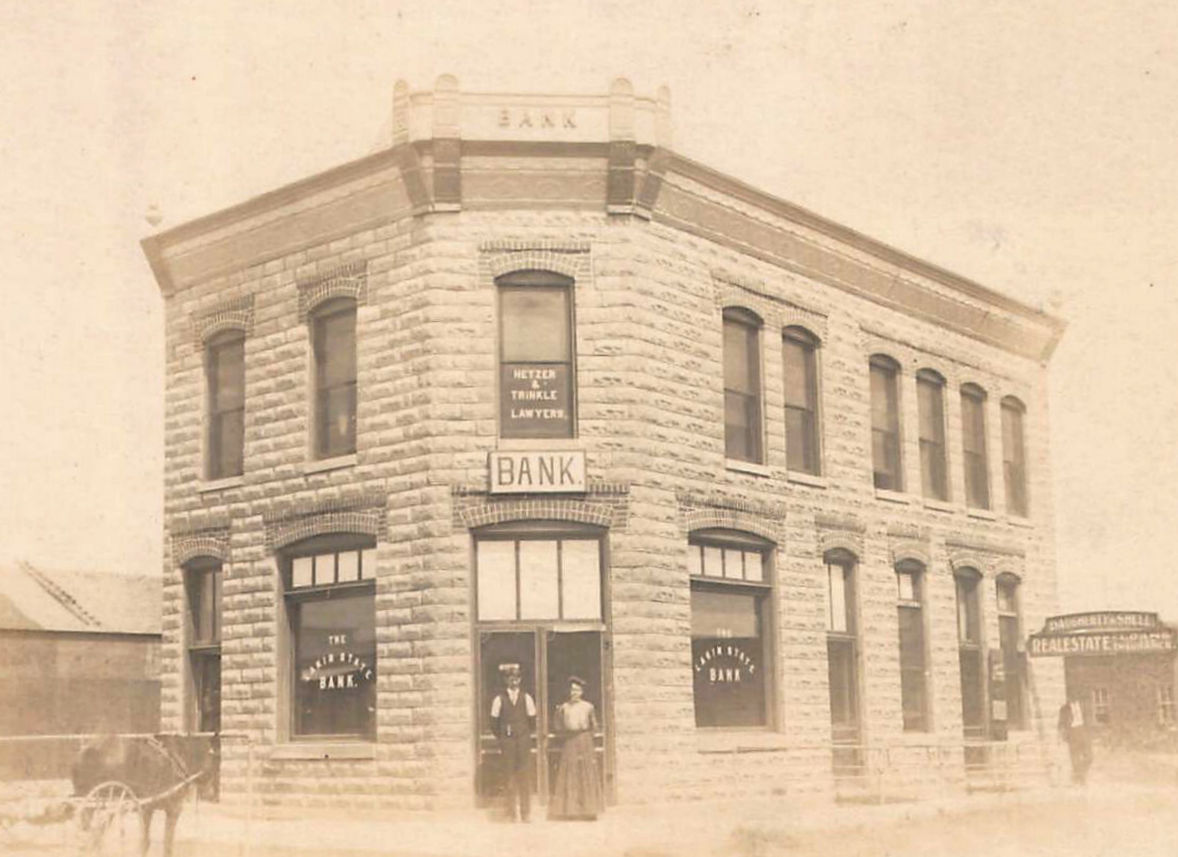
The ownership and control of both banks remained in Kearny County from the dates of their origin until May of 1946 when officials of the Garden National Bank acquired majority control of the banks, consolidated them and liquidated the Lakin State Bank. The new institution continued under the name of Kearny County Bank, carrying on business in the same location. In 1955, majority control of the bank was returned to local hands when the investor group of Dan Ratzlaff, J.R. Hutton and Clyde Beymer, Jr. acquired the shares controlled by the Garden National Bank owners. A new building was erected in 1962 two blocks north.
The old Kearny County and Lakin State bank buildings still stand and have housed many businesses throughout the years from pawn shops to beauty shops and insurance agents to computer wizards. Bri’s Burritos is currently stationed in the former Kearny County Bank building while Bryant Chiropractic operates out of the Lakin State Bank location. The upstairs offices in both buildings have been converted into apartments, and the entrance to the basement on the south side of the Lakin State Bank building was filled in with concrete many moons ago.
SOURCES: “We’re 100 Years Old” written by Clyde Beymer, Jr. for the Jan. 28, 1988 Lakin Independent; Archives of The Advocate and Lakin Investigator from 1906 through 1909; May 17, 1946 Lakin Independent; History of Kearny County Vol. 1; and museum archives.
Lakin’s 1886 School Building
Knowing that an investment in education pays the best dividends, Kansans invested early on in the education of their young folk. Two hundred school districts were organized in 1884, and among them was School District No. 3 of Finney County. This district included the east half of present-day Kearny County. On Kansas Day 1884, a new town hall was christened on the east side of Lakin’s Main Street. The hall was used as a school, church, and community gathering place, but by the end of 1885, it became ever apparent that the building would very soon be too small to accommodate the ever-growing population of young people.
An election was called to vote bonds to construct a modern school building and passed unanimously. The contract was let in April 1886 to W.J. Hobson of St. Joe, Mo. for $9,500. Designed by E.J. Eckel of St. Joe, Mo., “It will be an ornament to the town and a credit to the people who so cheerfully assumed the responsibility of providing such excellent facilities for the education of our youth.” Construction commenced immediately in the center of Block 50 with a completion goal set for August 25th of that year. The cornerstone was placed in a grand celebration on July 5 that included orators and speakers, ladies on horseback in red, white and blue, a basket dinner, baseball game, lofty tumbling performance by the Fat Men’s Club, fireworks, and pony, foot and sack races.
Among the speakers was A.B. Boylan, director of the board of education. “A few slight years have elapsed since this all was the range of the buffalo, antelope, and the wild horse. Little did I think when I first took up my abode on this then wilderness of a prairie that I would be called upon such an occasion, but so it is.” Boylan closed with this sentiment that still rings true today, “It is necessary that our children still have the advantage of education that they may understand the constitution of the United States, that they may form a more perfect union, establish justice, insure domestic tranquility, provide for the common defense, promote the general welfare, and secure the blessings of liberty to themselves and their posterity.”
Thirteen days later, the school building was hit by a tornado. The north side was blown down, delaying completion until late October. School opened Monday, November 1, 1886 with four teachers and an enrollment of about 80 pupils. D.D. Davidson was the superintendent.
Three of the school’s four rooms were fitted for school use. Primary grades 1,2 and 3 were together while the intermediate grades of 4,5 and 6 were in another room. High school was considered grades 7, 8 and freshmen. The fourth room was unfurnished and became known as the “Lodge Room” for local fraternities of the Masons, I.O.O.F., Knights of Pythias, Modern Woodmen, Knights and Ladies of Security, and others.
An addition of two large rooms was completed in 1912, one upstairs for an assembly room and a room downstairs for the primary grades. The basement was also added to, and a new furnace was installed. Inspections in 1919 revealed that the stone foundation on the original part of the building had deteriorated and was becoming unstable. Architects recommended that building a new school would be more cost-effective than repairing the old one, and in May of 1920, the walls of the 1886 building were laid to the ground.

SOURCES: Dec. 12, 1884 Smith County Bulletin; 1885 and 1886 archives of The Advocate; May 23, 1919 Advocate; May 7, 1920 Lakin Independent; History of Kearny County, Kansas Vol. 1; and museum archives.
